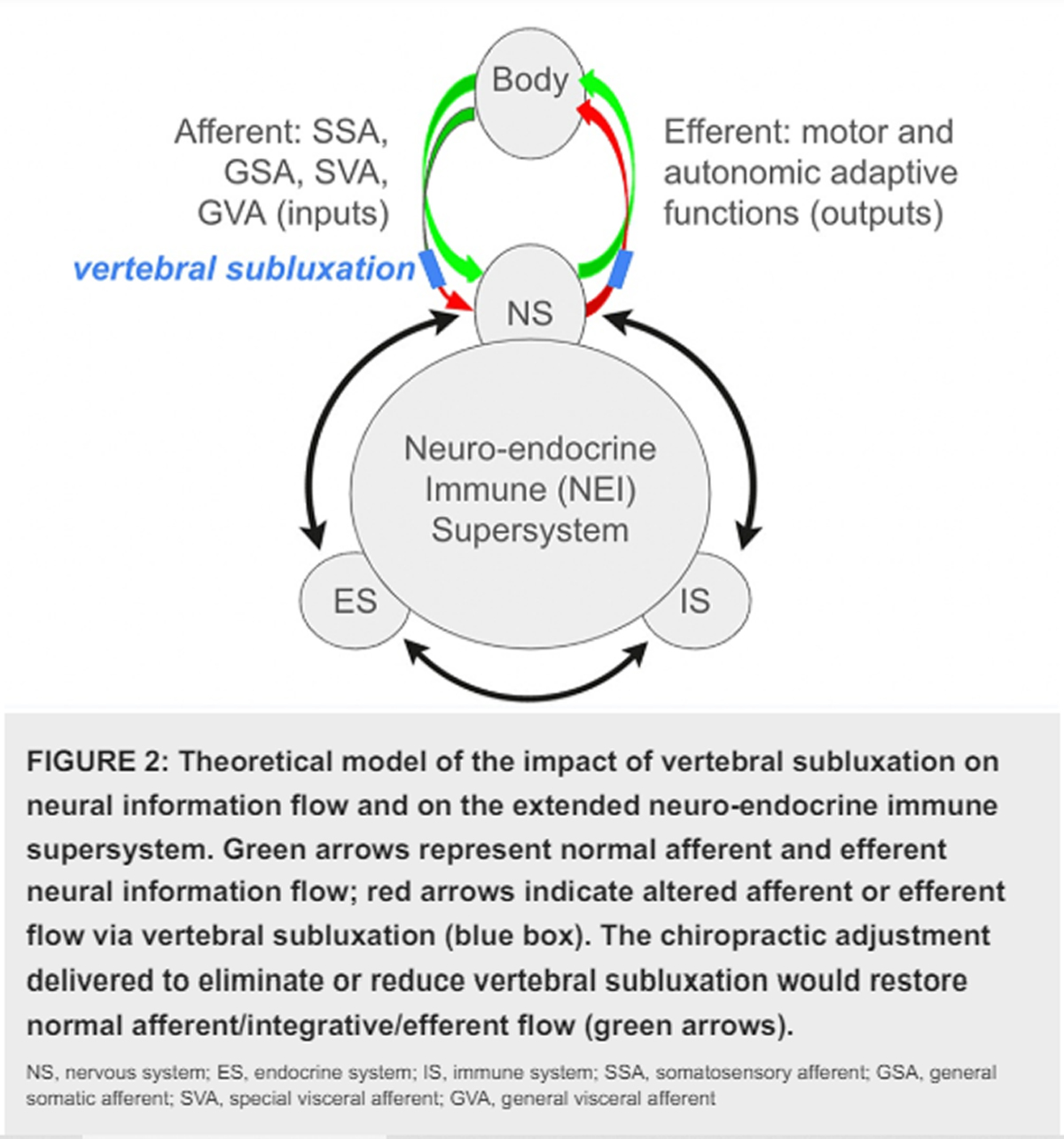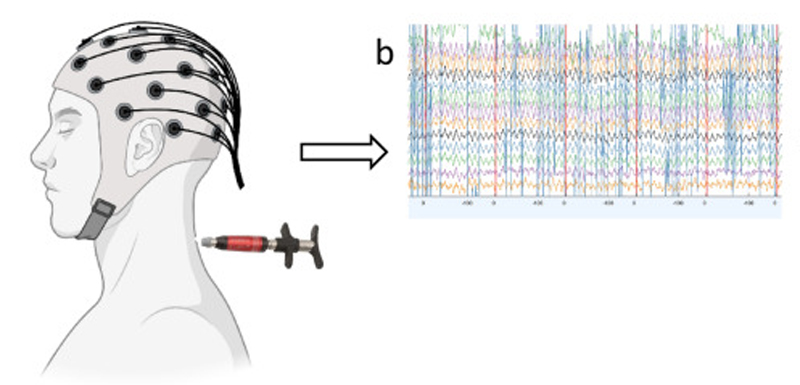The Contemporary Model of Vertebral Column Joint Dysfunction and Impact of High-velocity, Low-amplitude Controlled Vertebral Thrusts on Neuromuscular Function
SOURCE: European J Applied Physiology 2021 (Oct); 121 (10): 2675–2720
Heidi Haavik, Nitika Kumari, Kelly Holt, Imran Khan Niazi, Imran Amjad, Amit N Pujari, Kemal Sitki Türker, Bernadette Murphy
Centre for Chiropractic Research,
New Zealand College of Chiropractic,
Auckland, New Zealand.
Purpose: There is growing evidence that vertebral column function and dysfunction play a vital role in neuromuscular control. This invited review summarises the evidence about how vertebral column dysfunction, known as a central segmental motor control (CSMC) problem, alters neuromuscular function and how spinal adjustments (high-velocity, low-amplitude or HVLA thrusts directed at a CSMC problem) and spinal manipulation (HVLA thrusts directed at segments of the vertebral column that may not have clinical indicators of a CSMC problem) alters neuromuscular function.
Methods: The current review elucidates the peripheral mechanisms by which CSMC problems, the spinal adjustment or spinal manipulation alter the afferent input from the paravertebral tissues. It summarises the contemporary model that provides a biologically plausible explanation for CSMC problems, the manipulable spinal lesion. This review also summarises the contemporary, biologically plausible understanding about how spinal adjustments enable more efficient production of muscular force. The evidence showing how spinal dysfunction, spinal manipulation and spinal adjustments alter central multimodal integration and motor control centres will be covered in a second invited review.
Results: Many studies have shown spinal adjustments increase voluntary force and prevent fatigue, which mainly occurs due to altered supraspinal excitability and multimodal integration. The literature suggests physical injury, pain, inflammation, and acute or chronic physiological or psychological stress can alter the vertebral column’s central neural motor control, leading to a CSMC problem. The many gaps in the literature have been identified, along with suggestions for future studies.
There are more articles like this @ our:
Conclusion: Spinal adjustments of central segmental motor control (CSMC) problems impact motor control in a variety of ways. These include increasing muscle force and preventing fatigue. These changes in neuromuscular function most likely occur due to changes in supraspinal excitability. The current contemporary model of the CSMC problem, and our understanding of the mechanisms of spinal adjustments, provide a biologically plausible explanation for how the vertebral column’s central neural motor control can dysfunction, can lead to a self-perpetuating central segmental motor control problem, and how HVLA spinal adjustments can improve neuromuscular function.
Keywords: Chiropractic; Muscle strength; Neuromuscular function; Spinal manipulation.






Leave A Comment